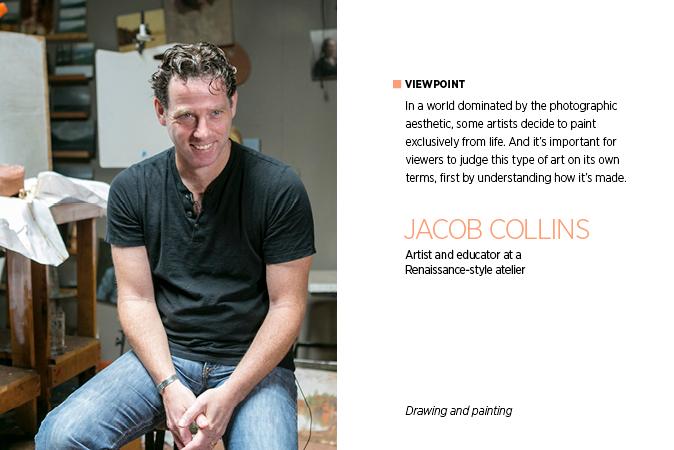NEW YORK—In a city known for concrete and skyscrapers, the small community-run garden often gets overlooked. But in neighborhoods where clean air, open space, and fresh produce are hard to come by, these volunteer-run gardens are vital, be they producers of flowers or vegetables.
New York City is home to over 750 community gardens run by GreenThumb, the largest community-run urban gardening program in the country. The organization was born in the financial crisis 1970s out of the need to beautify city-owned vacant lots. It provides horticultural and garden design training, gardening tools, and plants to volunteer gardening groups.
However, the land on which 114 of its gardens sit will slated for housing development when a current agreement with the Department of Housing Preservation and Development expires in September 2010. To preserve the gardens, the city council has put forth resolution 1890-2009 to designate the city’s GreenThumb gardens as parkland under the jurisdiction of the Department of Parks and Recreation (DPR).
Parks Department Assistant Commissioner and Senior Counselor Jack Linn said that although the DPR understands the value of community gardens, it needs to look at the feasibility of mapping them as parkland.
Doing so would involve putting each garden through a land use review process, which is “Time consuming and potentially expensive,” Linn said at a Wednesday public hearing at the City Council chambers.
Urban Food Deserts
P.S./I.S. 155 students Jamel Williams and Asia Joiner and members of their school’s Garden Club showed their support of protecting the garden at their school. “We like the garden because it gives us fresh, healthy foods; stores just have junk food,” said Williams. The lack of fresh produce in poorer neighborhoods is a common urban plague.
The students’ garden grows green beans, eggplants, tomatoes, and snow peas, among other vegetables.
The club meets every Friday after school to tend the plants, and over the summer vacation they appoint with their teacher Todd Abbott.
“I made the mistake of giving them my phone number, and when I don’t call them, they call me,” he joked.
Urban gardens and community-supported agriculture is becoming increasingly popular in New York, especially in areas lacking in proper supermarkets. Local Harvest is one such program that allows farmers to sell shares of their crop to the public. Once a week, a box of produce is delivered to each member. The farmer gets a boost in funding before the growing period begins, and the consumers get fresh vegetables delivered straight to their door.
Development Concerns
The constant tug-of-war between housing developers and preservationists in this land-scarce city put gardeners in a tough place.
Brooklyn Council Member Letitia James expressed concern for the gardens in her district when the 16 Atlantic Yards are built. “The gardens will be in the shadows,” she said. “I don’t know how they will survive.”
But she says that the slow in construction provides the perfect opportunity for the city to make sure gardens are protected in the future. “I hope the administration will support the resolution to map gardens to protect them from development once we rebound from the recession,” said James.
To find community gardens and open space near you, visit www.oasisnyc.net.




